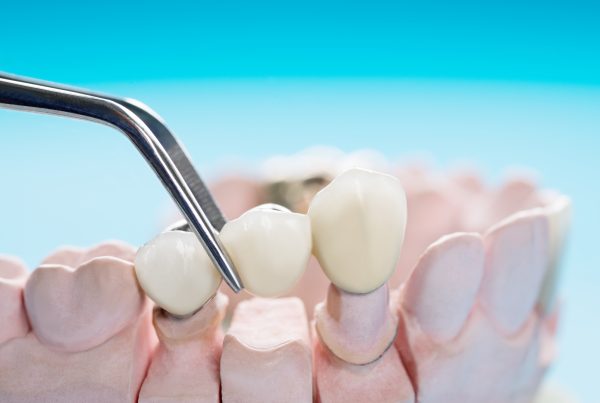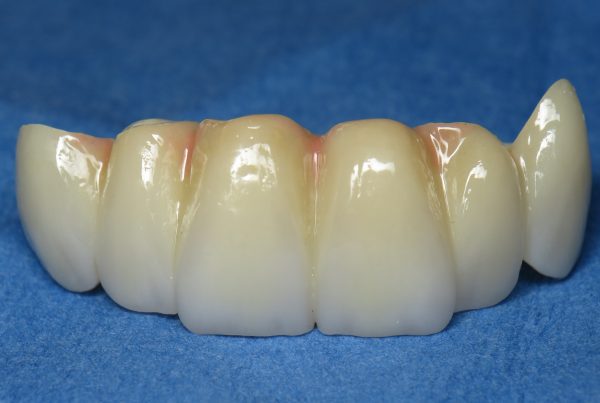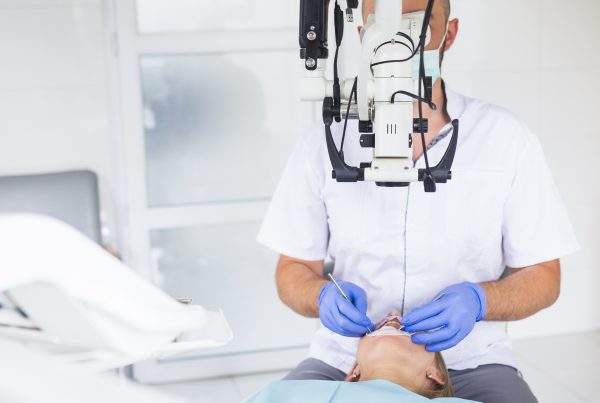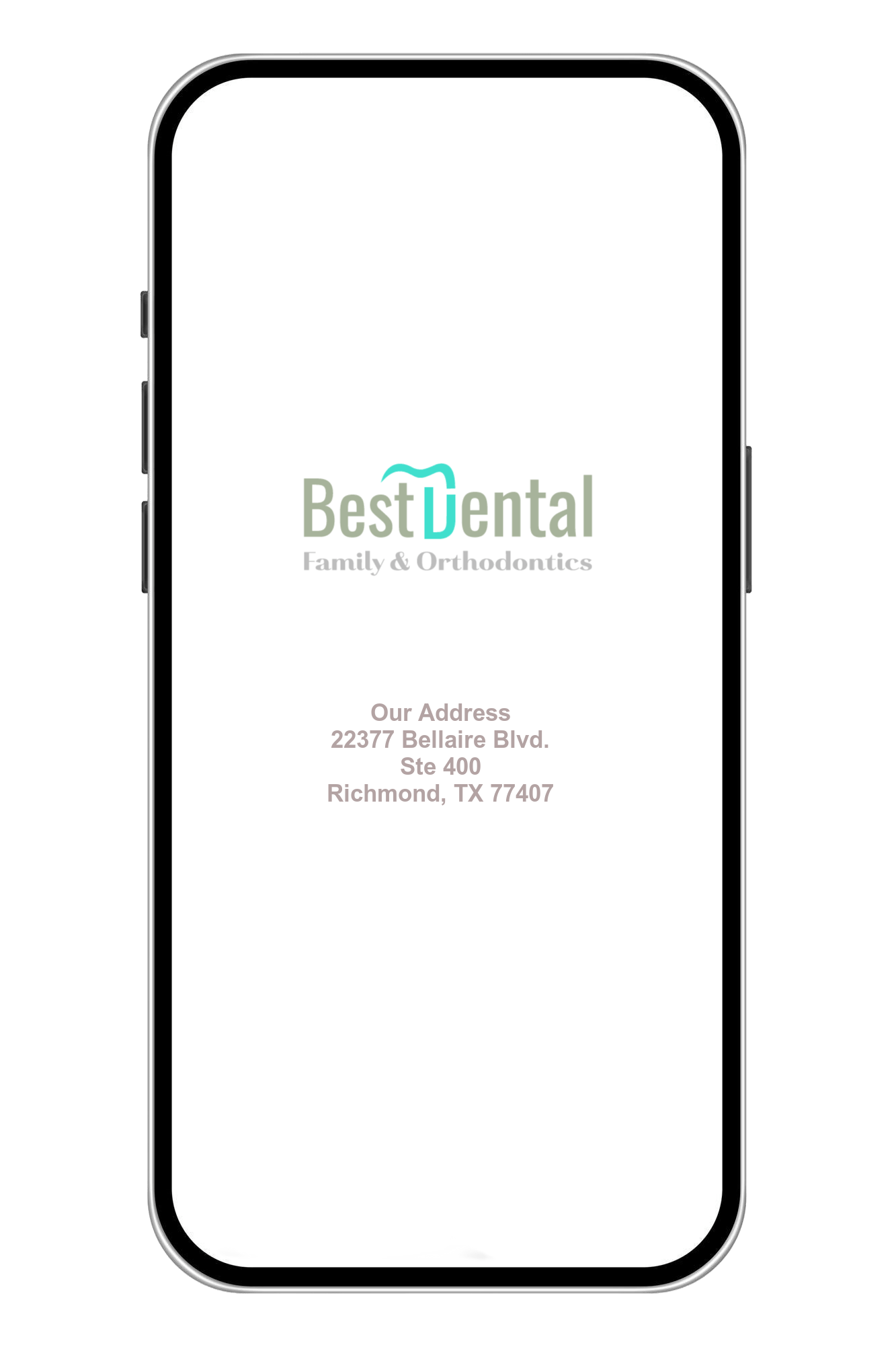When A Dental Crown Gets Infected
If you have a dental crown, it’s supposed to protect your tooth and keep your smile looking great. But sometimes, things don’t go as planned, and you might notice redness, swelling, or discomfort around the crown. This could mean a gum infection is brewing. The good news? It’s treatable, and there are ways to prevent it from happening again.

Why Do Gum Infections Happen Around a Crown?
There are a few reasons why you might develop an infection around your crown:
- Not Cleaning Properly – Plaque and bacteria love to hide around dental crowns. If you’re not brushing and flossing well, an infection can set in.
- A Leaky Crown – If the crown doesn’t fit perfectly or has worn down over time, bacteria can sneak in underneath, leading to decay and infection.
- Receding Gums – If your gums are pulling away from your teeth, more of your tooth is exposed, making it easier for bacteria to cause trouble.
- Food Stuck Under the Crown – Tiny food particles can get trapped between the crown and your gums, creating the perfect environment for bacteria to thrive.
- Tooth Decay Underneath – Just because you have a crown doesn’t mean the tooth underneath is invincible. If decay develops under the crown, it can lead to infection.
- Allergic Reactions – In rare cases, some people react to the material of the crown, causing gum irritation and inflammation.
How Do You Know If You Have an Infection?
Gum infections don’t always come with pain, but they do have some telltale signs. Watch out for:
- Swollen, red gums – If your gums look puffy or red around the crown, that’s a warning sign.
- Bleeding gums – If you notice blood when brushing or flossing, your gums might be infected.
- Bad breath or a bad taste – Persistent bad breath that doesn’t go away even after brushing could mean there’s bacteria buildup around your crown.
- Pus or an abscess – If you see or feel pus, that’s a clear sign of infection and needs immediate attention.
- Loose crown – If your crown feels wobbly, the tooth underneath might be compromised.


What If There’s No Pain?
You might assume that if there’s no pain, everything’s fine—but that’s not always the case. Some infections can develop slowly, causing only mild discomfort or no pain at all. Regular dental checkups can catch these issues before they become serious.
How Is a Gum Infection Treated?
If you think you have an infection, don’t wait it out—see your dentist. Here’s what they might do:
- Professional Cleaning – A deep cleaning (scaling and root planing) helps remove bacteria and plaque buildup under the gums.
- Antibiotics – If the infection is severe, your dentist may prescribe antibiotics to fight the bacteria.
- Replacing the Crown – If your crown is damaged or leaking, getting a new one can help prevent further infection.
- Root Canal Treatment – If the infection has spread into the tooth, a root canal may be necessary to remove the infected tissue.
- Gum Surgery – In severe cases, gum surgery may be needed to remove infected tissue and restore gum health.


Can You Treat It at Home?
While home remedies won’t replace professional treatment, they can help ease symptoms and prevent further irritation:
- Saltwater Rinse – Mix warm water with salt and rinse your mouth to reduce bacteria and inflammation.
- Hydrogen Peroxide Rinse – A diluted hydrogen peroxide rinse can help kill bacteria and promote healing.
- Turmeric Paste – Turmeric has natural anti-inflammatory properties that may help soothe your gums.
- Clove Oil – Dab a little clove oil on the affected area for its antibacterial benefits.
- Good Oral Hygiene – Brushing twice a day, flossing daily, and using an antimicrobial mouthwash can help keep infections at bay.
Ultimately, these are temporary solutions, as a dental professional must address the underlying cause of the infection.



